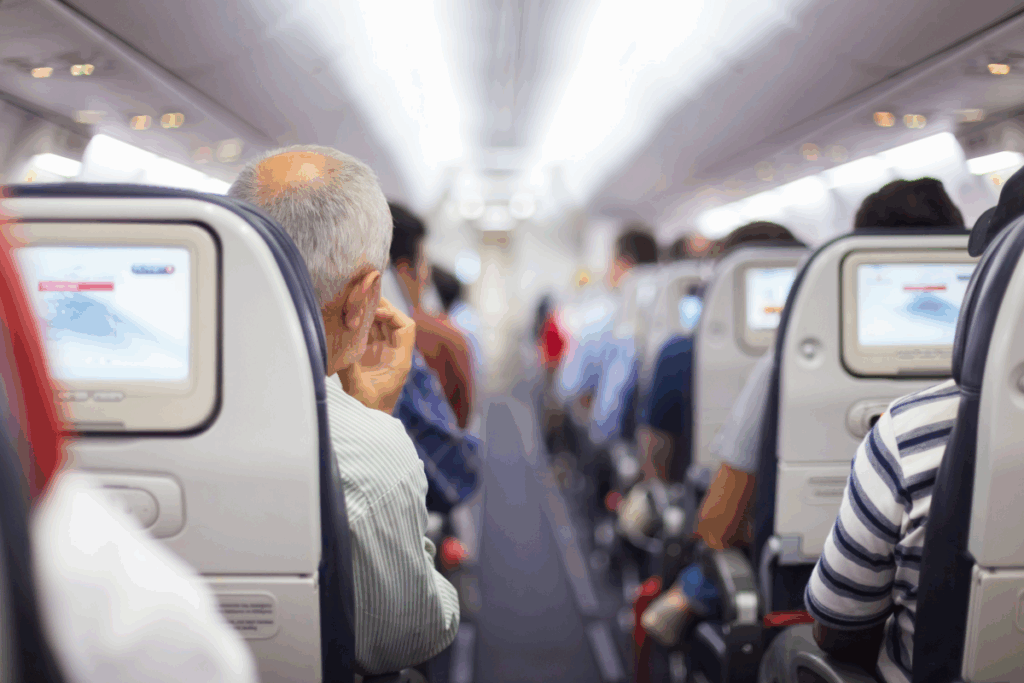A Bold Beginning in the Jet Age
Commercial jet travel began just 73 years ago with the launch of the de Havilland DH106 1A Comet. On May 2, 1952, the world’s first fare-paying jet flight departed London Airport — now Heathrow — en route to Johannesburg, marking a breakthrough in speed and comfort. The British-built Comet, powered by four de Havilland Ghost turbojets, offered a smoother, quieter ride than propeller-driven aircraft.
But the success was short-lived. Despite being the first passenger jet to reach commercial skies, the Comet suffered from critical design flaws. A series of mid-air breakups, stemming from weaknesses around rivet holes and cabin pressurization, led to multiple deadly crashes. The fleet was grounded permanently in 1954, and de Havilland’s lead in the jet race was overtaken by competitors like Boeing and Douglas.
Now, decades later, the Comet has been brought back to life — not in the skies, but at the de Havilland Aircraft Museum near London. Thanks to the dedication of volunteers, one of these revolutionary jets has been meticulously restored, offering a rare glimpse into aviation’s most ambitious era.
Resurrecting an Aviation Icon
The DH106 1A at the museum was delivered in 1985 in poor condition, a skeletal fuselage stripped of its past glory. Over time, passionate volunteers restored it piece by piece. Today, the aircraft — displayed in period Air France livery — captures the essence of early jet luxury.
The cabin has been rebuilt with extraordinary attention to detail. Separate male and female restrooms, upholstered seats with generous legroom, wooden tray tables, and ashtrays speak to a different era of flying. Overhead lights were recreated with 3D printers, and original seat patterns and curtains replicate the 1950s aesthetic.
In the cockpit, analog dials, a navigator’s table, and a ceiling-mounted sextant reflect the complexity of early jet navigation. The absence of digital systems reminds visitors just how pioneering this aircraft was.
“It’s a lovely-looking airplane, even now,” says Eddie Walsh, one of the museum’s restoration leaders. While the wings could not be added due to space constraints, the rest of the aircraft brings history alive — including a section of fuselage exposed to show the flawed rivets that doomed the Comet 1A.
Luxury and Tragedy in the Skies
The Comet promised unmatched luxury. First-class seats were arranged around wooden tables, with images of families sipping cocktails or building card houses evoking a more glamorous age. But such comfort came at a cost: a ticket to Johannesburg in the 1950s cost the equivalent of nearly $6,000 today.
Despite the elegance, the Comet’s engineering fell short. Jet engines embedded in the wings looked sleek but struggled with performance. The cabin’s large rectangular windows — later replaced by rounded ones — contributed to fatal structural failures.
Between 1953 and 1954, four Comet crashes occurred, with each incident exposing deeper issues. Investigations revealed that repeated pressurization caused cracks around rivets, leading to explosive depressurization mid-flight. One museum exhibit includes a section of Comet fuselage tested to destruction, a sobering testament to the risks of early aviation innovation.
Legacy Beyond the Wreckage
Although the Comet 1A was retired, its legacy endured. Later versions like the Comet 4 featured improved designs and continued flying through the late 1950s. However, by then, Boeing and Douglas had seized the market, and de Havilland faded from the commercial aviation scene. The company was eventually absorbed by Hawker Siddeley, leaving only a Canadian subsidiary to carry on the name.
The Comet’s failure led to crucial safety improvements in jet design. Its innovations in pressurization, navigation, and passenger comfort influenced generations of aircraft.
“This was the Concorde of its time,” Walsh says. “It went higher, it went faster. It showed the world what was possible — and taught painful lessons along the way.”
Today, thanks to tireless restoration efforts, visitors can step aboard a Comet again, not to take flight, but to witness where modern air travel began.



